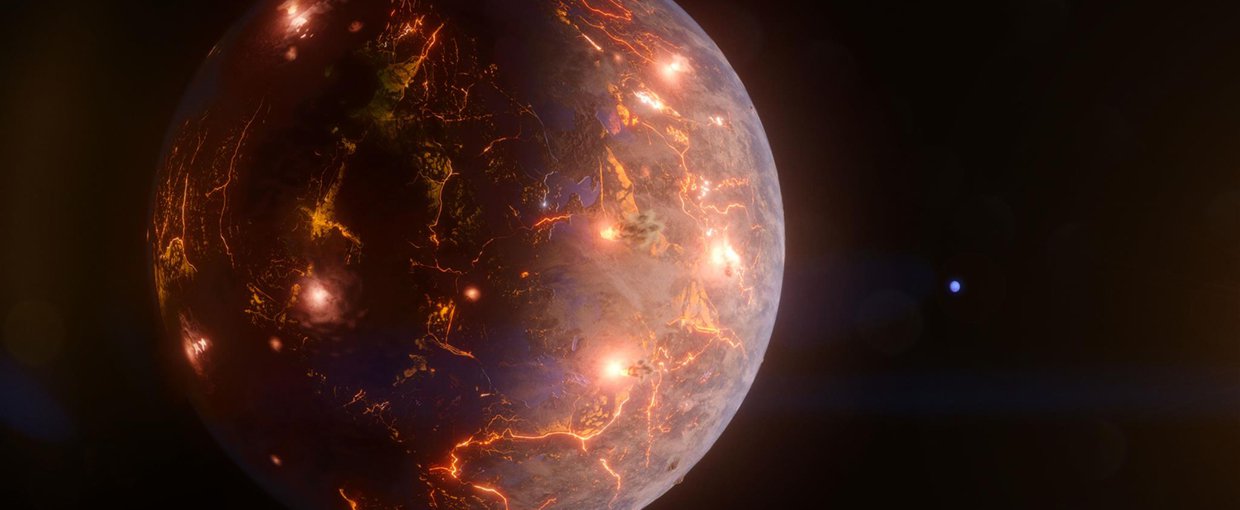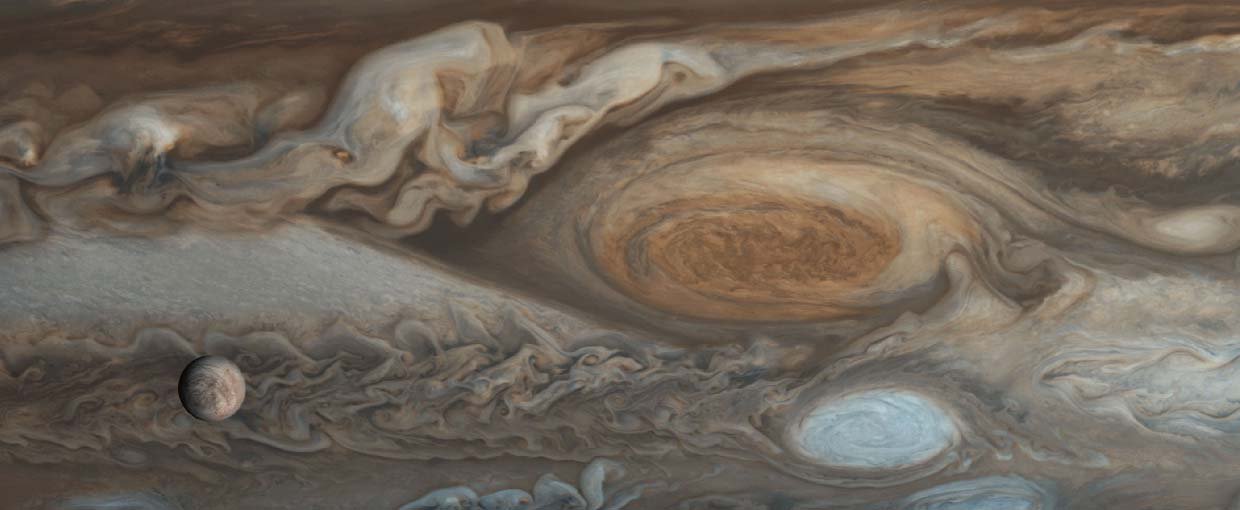Bedding, T. R., Kjeldsen, H., Campante, T. L., Appourchaux, T., Bonanno, A., Chaplin, W. J., … Garcia, R. A. (2010). The Astrophysical Journal, 713(2), 935–949. doi:10.1088/0004-637x/713/2/935
Campos, P. F., Willerslev, E., Sher, A., Orlando, L., Axelsson, E., Tikhonov, A., … Aaris-Sorensen, K. (2010). Proceedings of the National Academy of Sciences, 107(12), 5675–5680. doi:10.1073/pnas.0907189107
Christian, D. J., Bodewits, D., Lisse, C. M., Dennerl, K., Wolk, S. J., Hsieh, H., … Zurbuchen, T. H. (2010). The Astrophysical Journal Supplement Series, 187(2), 447–459. doi:10.1088/0067-0049/187/2/447
Czaja, A. D., Johnson, C. M., Beard, B. L., Eigenbrode, J. L., Freeman, K. H., & Yamaguchi, K. E. (2010). Earth and Planetary Science Letters, 292(1-2), 170–180. doi:10.1016/j.epsl.2010.01.032
Diefendorf, A. F., Mueller, K. E., Wing, S. L., Koch, P. L., & Freeman, K. H. (2010). Proceedings of the National Academy of Sciences, 107(13), 5738–5743. doi:10.1073/pnas.0910513107
Fortes, A. D., & Choukroun, M. (2010). Space Sci Rev, 153(1-4), 185–218. doi:10.1007/s11214-010-9633-3
Fournier, G. P., Neumann, J. E., & Peter Gogarten, J. (2010). PLoS ONE, 5(3), e9437. doi:10.1371/journal.pone.0009437
Fukue, T., Tamura, M., Kandori, R., Kusakabe, N., Hough, J. H., Bailey, J., … Whittet, D. C. B. (2010). Orig Life Evol Biosph, 40(3), 335–346. doi:10.1007/s11084-010-9206-1
Hernán-Obispo, M., Gálvez-Ortiz, M. C., Anglada-Escudé, G., Kane, S. R., Barnes, J. R., De Castro, E., & Cornide, M. (2010). A&A, 512(None), A45. doi:10.1051/0004-6361/200811000
Hong, K-S., Xu, H., Konishi, H., & Li, X. (2010). The Journal of Physical Chemistry Letters, 1(6), 997–1002. doi:10.1021/jz100027t



